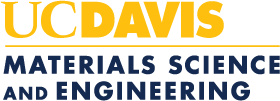Equipment
Pulsed Laser Deposition
Located in Kemper 120
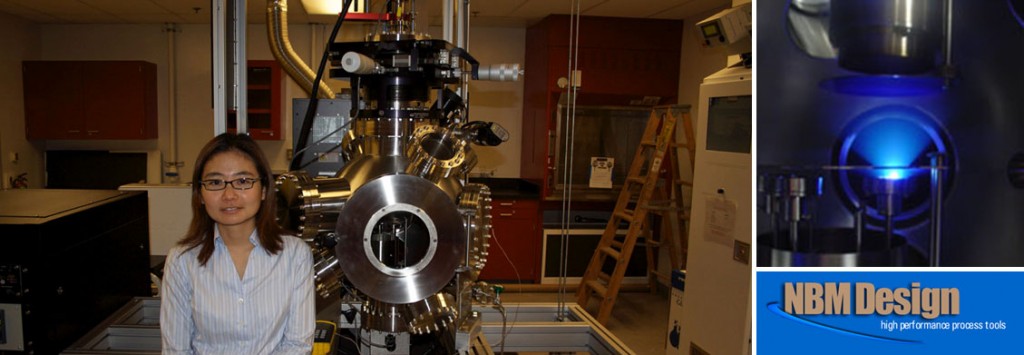
Pulsed laser deposition (PLD) refers to a thin film growth technique that uses a pulsed laser to ablate material from a ceramic target which then deposits on a substrate. This technique permits the growth of high quality thin films and superlattices of perovskite structured materials with atomic layer precision. A reflective high energy electron diffraction (RHEED) system provides in-situ monitoring of the growth process, including determination of the growth mechanism (layer-by-layer, step flow or three dimensional island growth) and counting of the growth of individual atomic layers. We have installed a state-of-the-art PLD system from NBM Design equipped with a KrF (248 nm) Coherent Compex Pro 201 laser. The system is capable of growing films of up to six different materials while varying the deposition conditions over a wide range of substrate temperatures (RT to 1100 °C), oxygen/nitrogen pressures (10-7 to 1 torr) and with adjustability of the x-y-z position of the substrate heater.
Videos of the PLD system (links to Aggie Video)

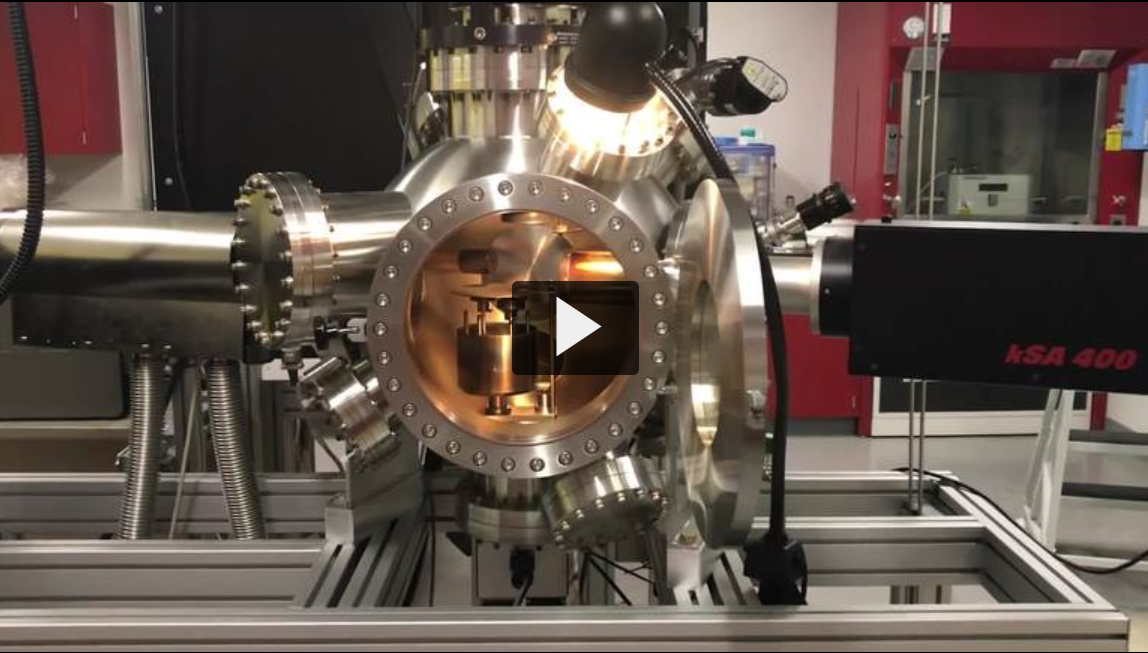

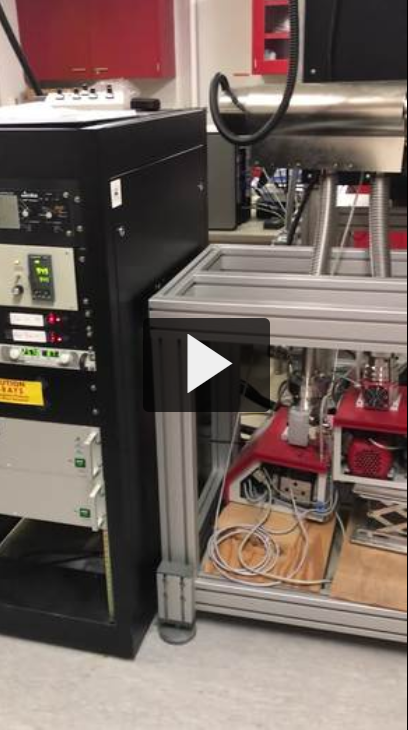
Lego PLD system: Created by Michael Lee
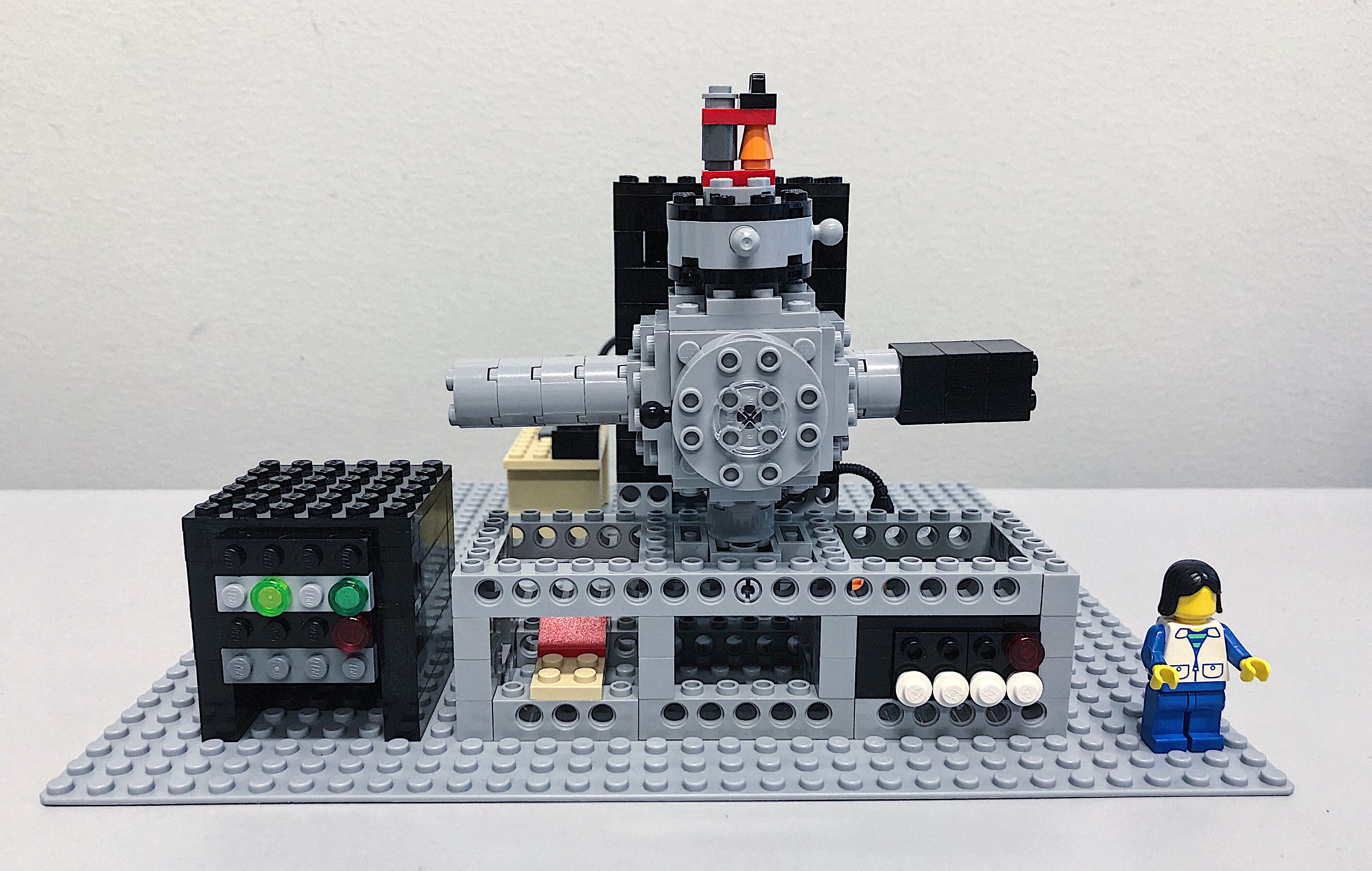
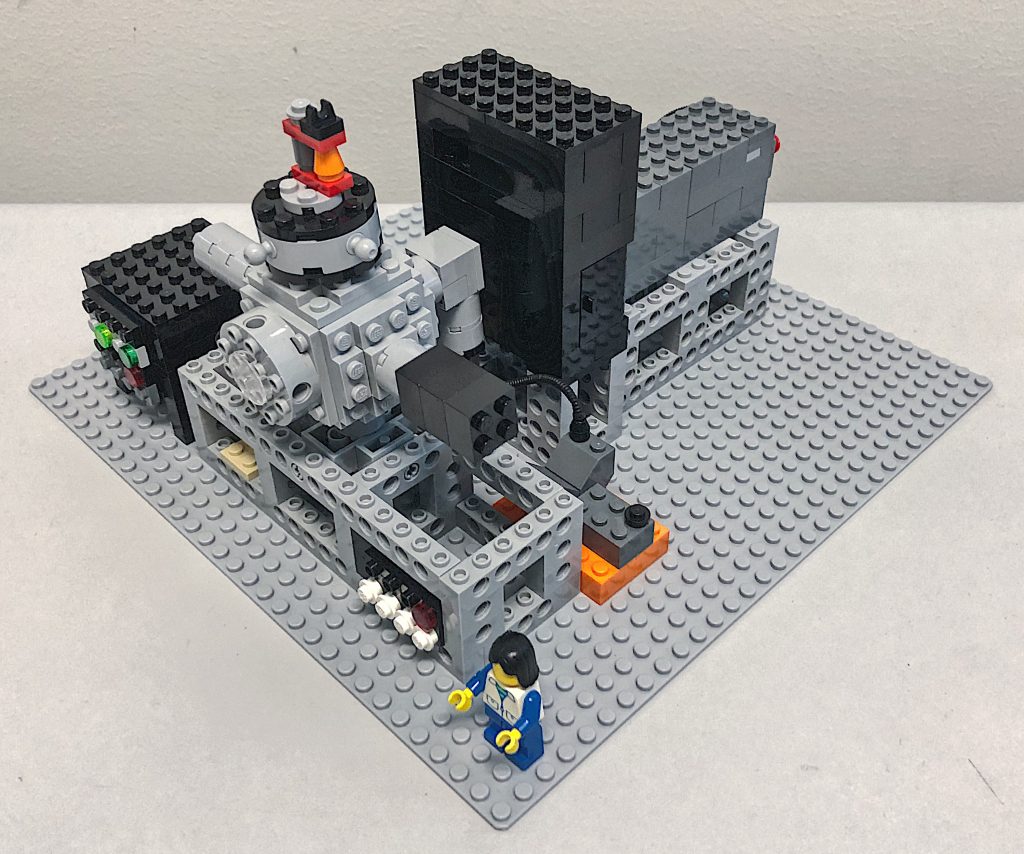 | 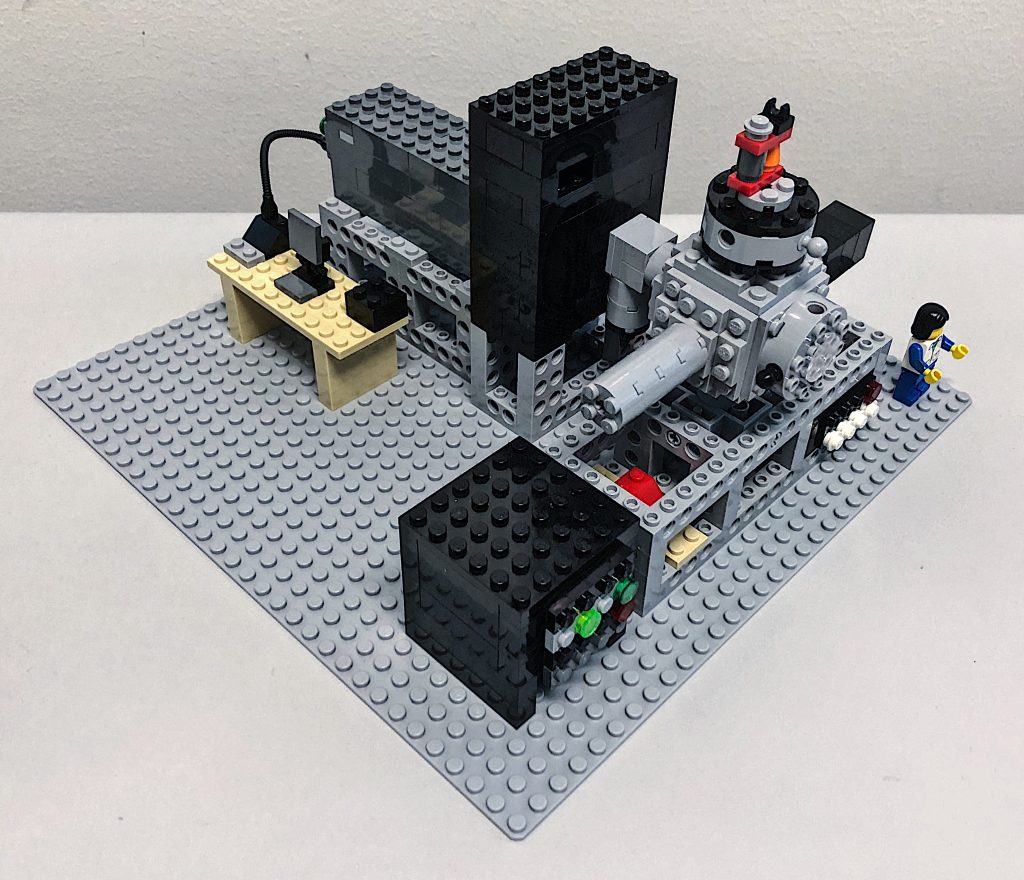 |
Thin Film X-Ray Diffraction
Located in Physics 214
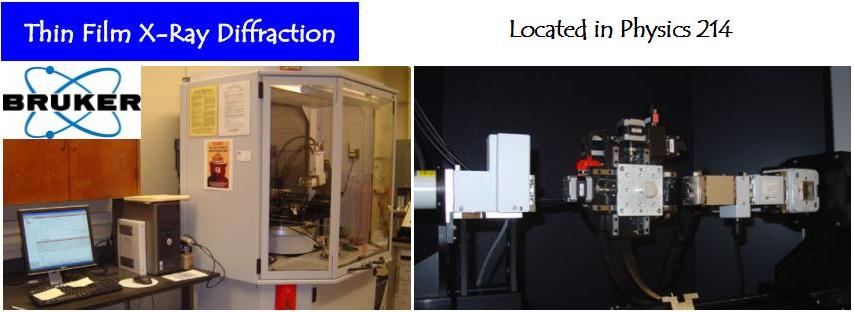
Lego XRD system – Created by Tom Wynn

We have installed a Bruker D8 Discover Diffractometer System specially configured for the full characterization of thin films. This system provides measurement capabilities including x-ray reflectometry (XRR), high resolution x-ray diffraction (HR-XRD), texture measurements, reciprocal lattice mapping, and ultra-grazing incidence diffraction (ultra-GID) measurements. The system hardware will include a centric Eulerian Cradle which provides four circles of sample rotation (theta, two theta, chi, and phi rotations), in addition to x-y-z translations. Incident beam optics will include a stand alone Goebel mirror for polycrystalline materials and a Goebel mirror combined with an asymmetrically 022 germanium channel cut crystal for the analysis of epitaxial films with only Kα1 radiation. Other options include a rotary absorber to extend the dynamic range of the measurements, computer controlled variable divergence slits and a variety of detectors (scintillation detector and 1-dimensional detector). Grazing incidence measurements of in-plane lattice constants and of ultra-thin films are facilitated with a rotatable source (linear x-ray beam parallel and perpendicular to the plane of diffraction) and a tilt stage for tilting the sample around two additional axes, zeta and xi. The software accompanying the system includes the Bruker measurement and evaluation software and the LEPTOS thin film analysis software package. This package includes a materials database capable of handling amorphous and crystalline materials from all 230 crystallographic space groups.
Cryogenic Probe Station
Located in Kemper 116/169
The Lakeshore Cryotronics TTPX cryogenic probe station is used for the electrical characterization of thin film samples. The system is capable of measuring I-V curves as a function of temperature ranging from 4.2 to 475 K and is currently equipped with two micro-manipulated probes.
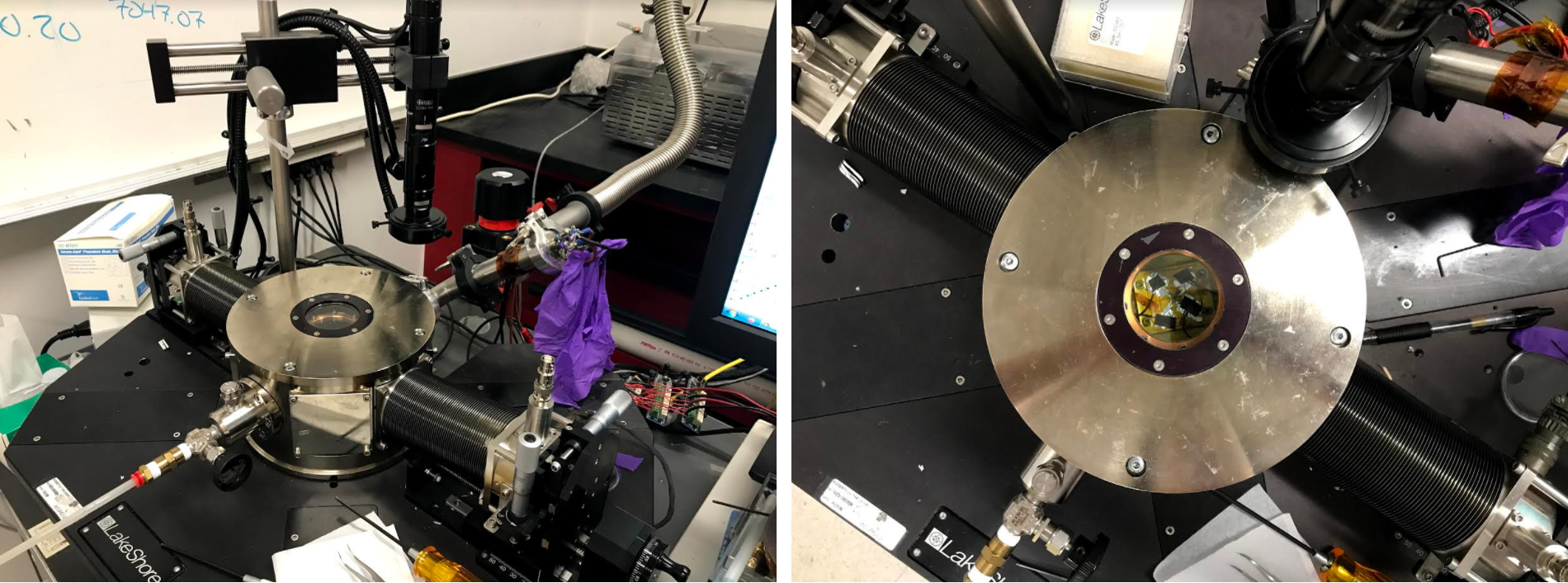
Shared Equipment
Park Systems XE7 Scanning Probe Microscopy – shared with the Hong and Kukreja groups
Located in Ghausi 1111
The Park Systems XE7 Scanning Probe Microscope is used to obtain high resolution images of the surface topography of samples. Advanced modes include magnetic force microscopy, conductive tip atomic force microscopy, and piezoforce microscopy.

Beamlines at the Advanced Light Source, Lawrence Berkeley National Laboratory
Photoemission Electron Microscopy (PEEM) – BL11.0.1.1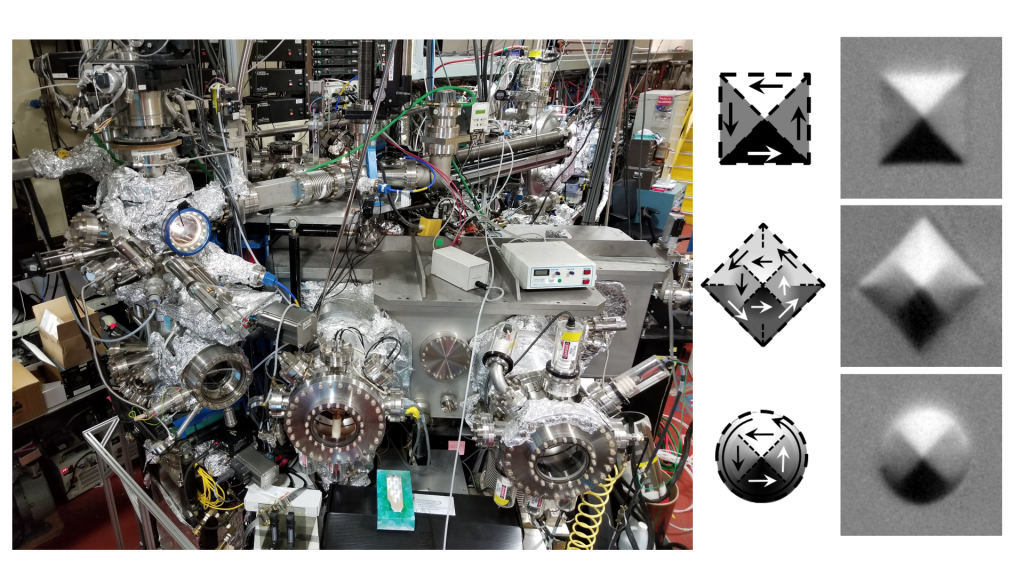
Soft X-ray Magnetic Spectroscopy – BL4.0.2
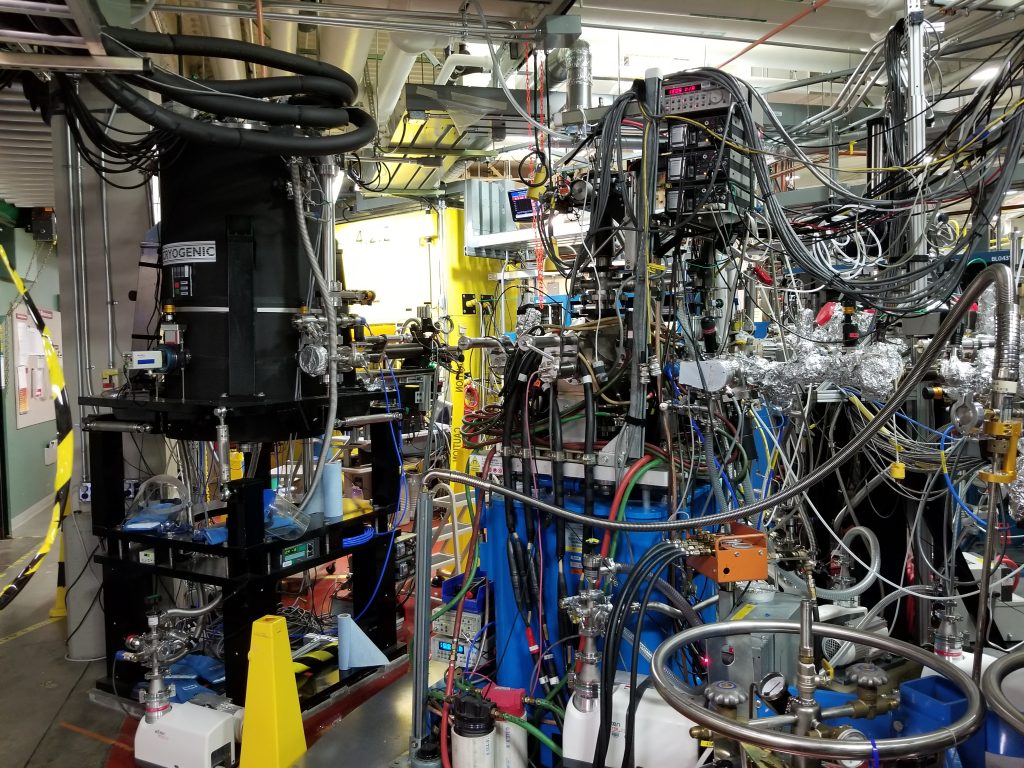
Soft X-ray Magnetic Spectroscopy – BL6.3.1
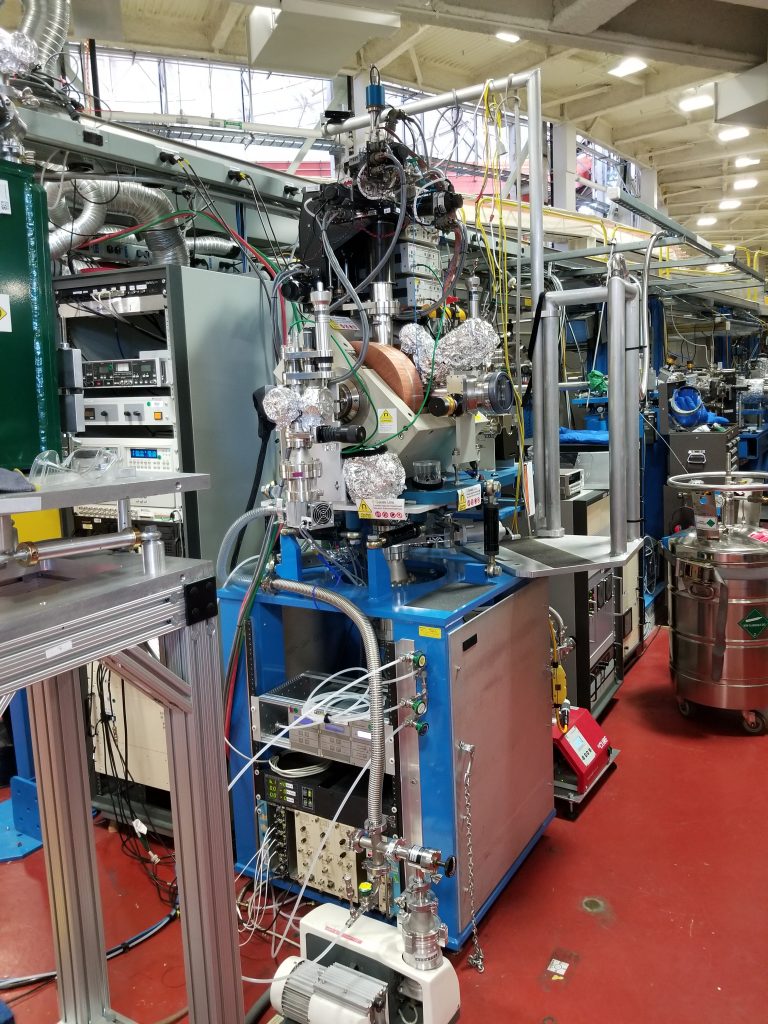
Beamlines at the Stanford Synchrotron Radiation Lightsource, SLAC National Accelerator Laboratory
Resonant X-ray Reflectometry – BL2-1
High Resolution X-ray Diffraction – BL17-2
Commonly Used Software
Leptos from Bruker AXS – Fitting of X-ray Reflectivity and X-ray Diffraction Data | 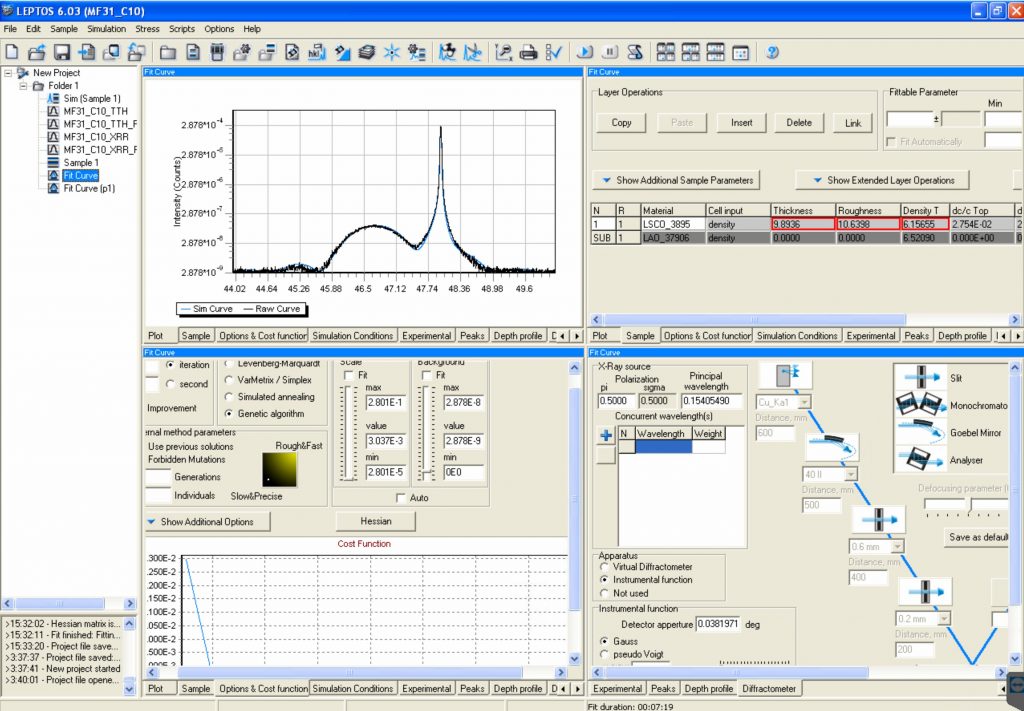 |
GenX – Fitting of (Resonant) X-ray Reflectivity and Polarized Neutron Reflectometry DataAvailable for download here. Oak Ridge National Laboratory has tutorials here. | 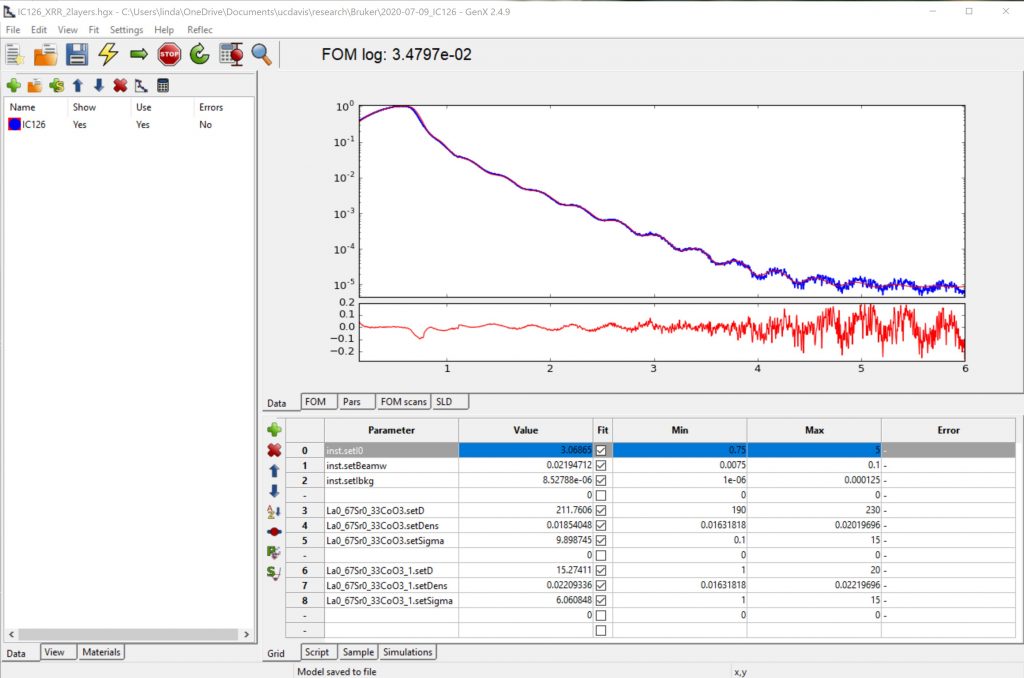 |
ReMagX – Fitting of Soft X-ray Magnetic Reflectivity DataMore information available here. | 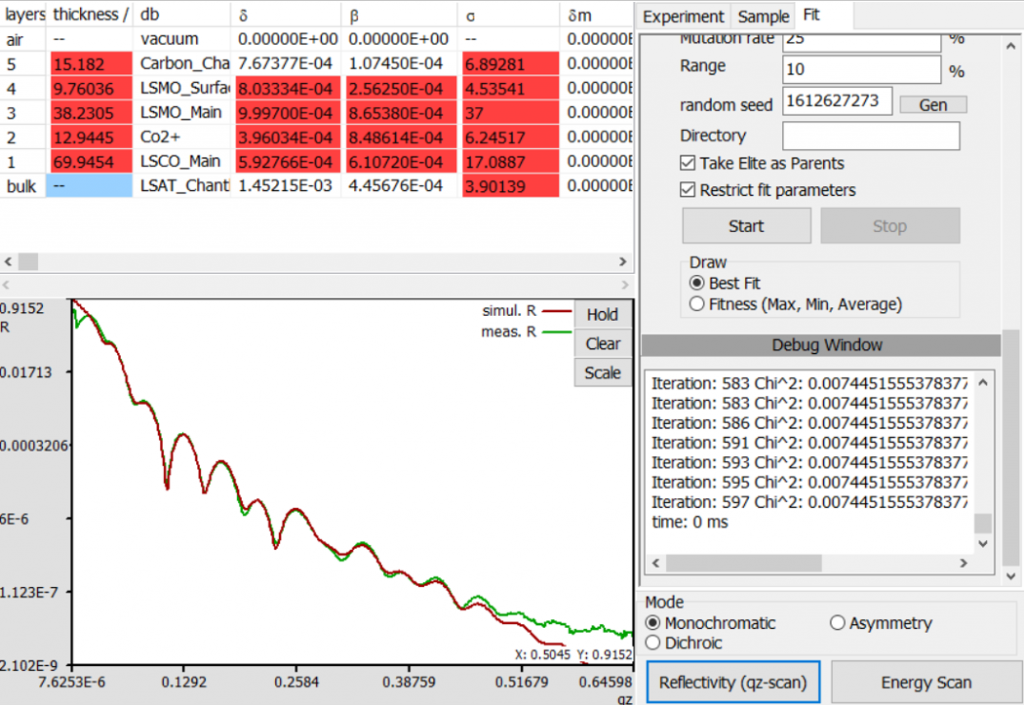 |
MuMax3 – Micromagnetic Simulations of Patterned NanostructuresAvailable for download here. | 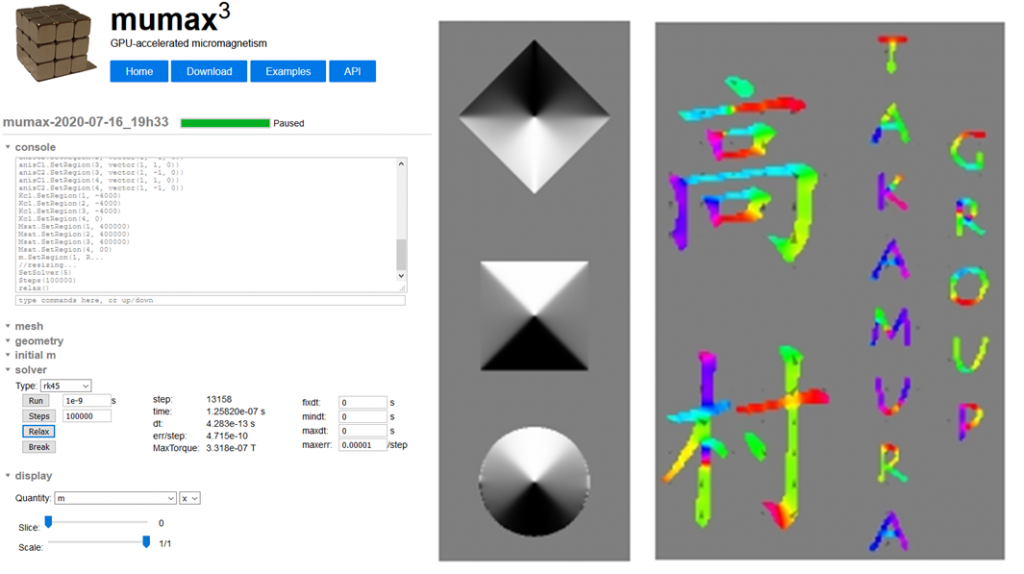 |
